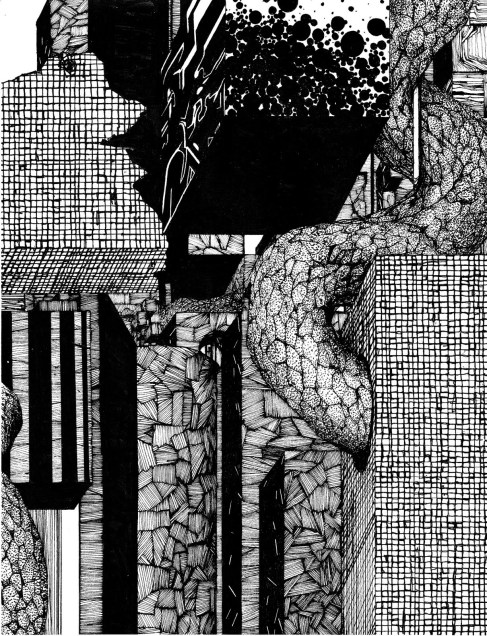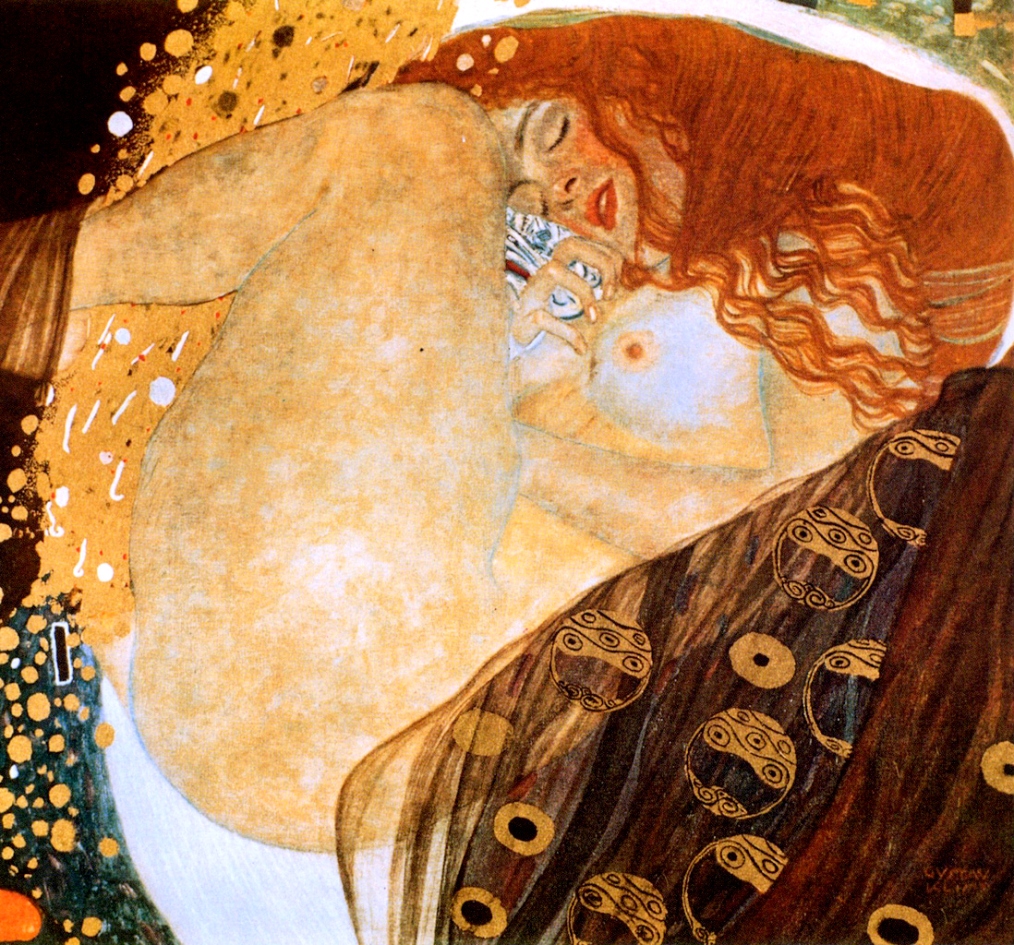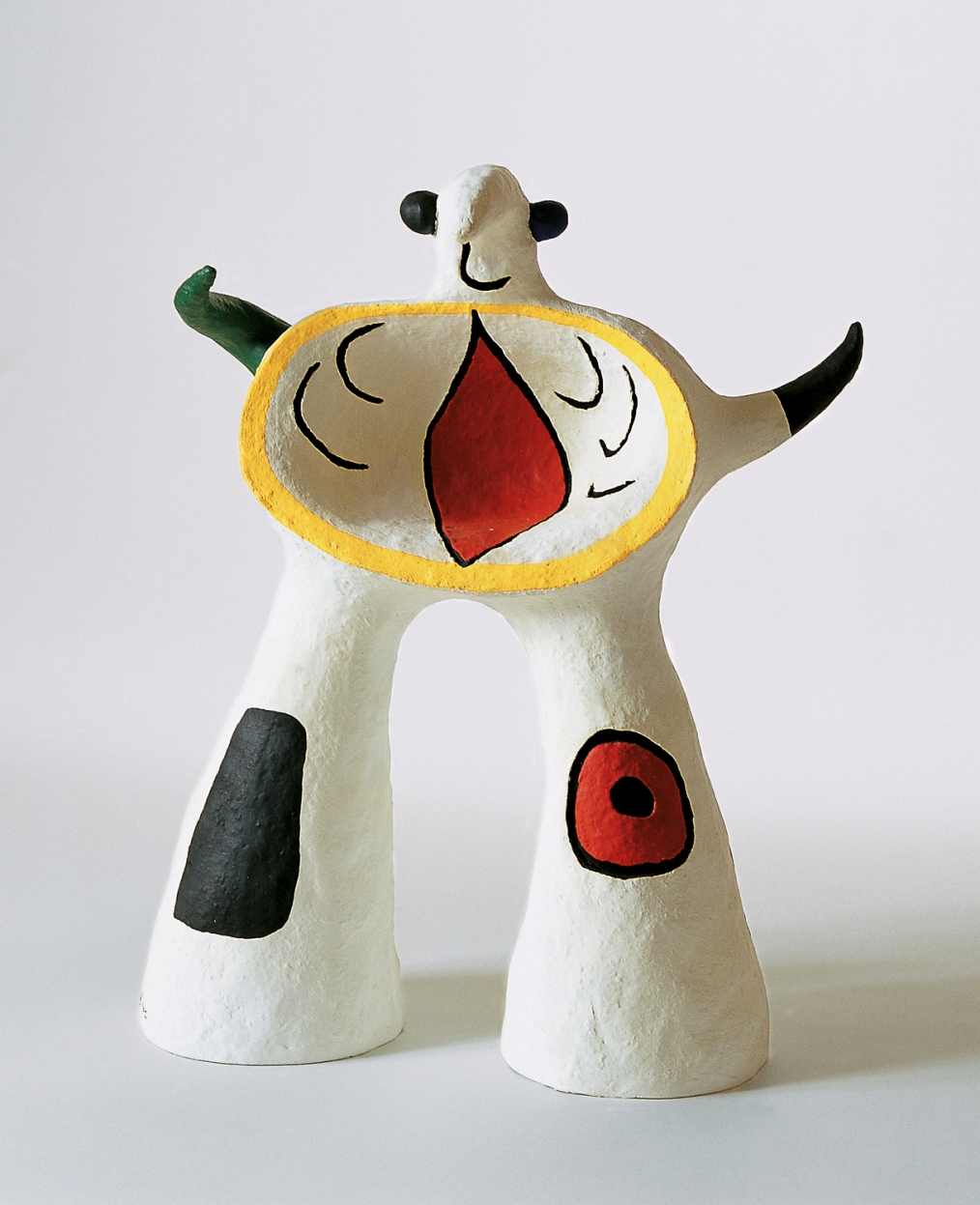Photography: Artist Research
Henri Cartier-Bresson
This photographer was introduced on the slideshow as an example of leading lines, and visual communication in photography. I thought his images were really powerful and executed photographic concepts really well.
His work has very intense artistic elements, but he has been described as a photojournalist and a street photographer, so the genre I think is hard to pin down exactly. Despite the notion of serendipity in his images, the photographer must have spent many hours and lots of film waiting and looking for these “perfect,” shots.
I find the striking use of line and the way that is used to lead the viewer the most inspiring, and in my own work I looked for shots that capture similar attention to composition.
 < This picture shows a spiral staircase from the bottom, looking up. Over the banister faces peer down all the way to the very top.
< This picture shows a spiral staircase from the bottom, looking up. Over the banister faces peer down all the way to the very top.
The faces look like children’s faces and a viewer would assume they were looking down at the photographer. The genre and style of most of the artist’s photographs would suggest that this is a chance image, but it could easily have been arranged. There are many pictures of his from Paris that show images of children in the streets.
This is a photograph of Cartier-Bresson’s that I really like. The plane of the cycle track leading away, with the person lying on it creates a wonderful sense of space and angle.

<Another ima ge in his cycling series, quiet playful, reading a newspaper whilst on a bicycle, the angle of his right leg, and the curvature of the track behind him create a sort of “wonky,” or off balance feel to the overall image. But equally a clearly intentional point of view has been chosen here, the railing to the right, the lines on the track, the track itself, and the overhead lights all lead away, not quiet to a vanishing point, but to an interesting curve that, with the cyclist, combine to create memorable imagery. The works I find most interesting I think have a graphic quality to them. Using strong, bold lines and shapes in conjunction to create compositions that work the best, or capture a viewer’s attention the most.
ge in his cycling series, quiet playful, reading a newspaper whilst on a bicycle, the angle of his right leg, and the curvature of the track behind him create a sort of “wonky,” or off balance feel to the overall image. But equally a clearly intentional point of view has been chosen here, the railing to the right, the lines on the track, the track itself, and the overhead lights all lead away, not quiet to a vanishing point, but to an interesting curve that, with the cyclist, combine to create memorable imagery. The works I find most interesting I think have a graphic quality to them. Using strong, bold lines and shapes in conjunction to create compositions that work the best, or capture a viewer’s attention the most.
Bernd And Hilla Becher
A collaborative effort concentrating on industrial architecture, some of my favorites are series of similar structures presented together as little thumbnails.
This is a series of spherical industrial buildings. Simply called “Gas Tanks,”which are not all exactly the same but share many very similar properties, I think the ordering of these pictures is important, almost like a development of the same image changing over time. Alternatively they have simply chosen the best side because the photographers have paid attention to the way elements of the building change the composition of the shot, for example the way the stair cases dissect the sphere diagonally.


Below the gas tanks is part of a series of furnaces entitled “Tall Furnaces,” unfortunately I could not find a good resolution image to use, so I have taken this individual one. I like the way the pipes stretch down over the overall structure.
The emphasis on strong lines and forms is satisfying and skilful because it takes the otherwise mundane and presents it in an interesting way.
The images are nearly all taken head on, capturing the objects in their entirety and focusing on the overall shape, despite the viewer being able to see the whole structure they still manage to be mysterious and unusual, raising questions about the function of the object.
This is particularly relevant if you consider the pipes as leading lines, receding behind and into the structure, drawing you in to consider what the machine does.
Tim Simmons
A contemporary photographer who experiments with light to create abstract landscapes. Using a very long exposure he casts light around his subject, he is moving too “fast,” for the camera, but by going over and over with the light he creates a lit subject. This creates a really interesting effect; surreal glowing objects and scenes.
This picture is called blue lagoon #7 from a series of shots taken in Iceland. The qualities of his photograph are unusual and for me connote an almost fairy-tale like appearance: Because the colors are strong and there is an unnatural focusing of light. Also there is a lot of detail and information for a viewer to take in; his work involves lots of surface detail and texture.


Underneath the lagoon is a picture that i think illustrates the fairy tale idea well, the lit forest path, with the shadows receding unnaturally into the woods behind. And what looks like a mountain in the distance.
I think the unusualness of the effect must come from having an artificial light source with a single direction, unlike the sun and sky which provide a uniform lighting from above.
Tim Simmons’ work has strong painterly and illustrative elements, as well as being somewhat abstract because composition is not the primary focus of his photographs; or rather it is dictated by how he wants the light to look. There is also something about the nature of depth in his shots; the blue lagoon for example almost looks like a faraway river, or maybe a very close stream.
Raul Belinchon is another excellent photographer we have been researching, his work covers a whole range of genres but his work in auditoriums shows brilliant use of wide angle lenses to create a sense of space and symmetry. Unfortunately I could not find any large, high resolution images to post.
Apologies for the appauling formating of this post, I can’t understand how to put pictures into a post without it sending the text all over the place.
















